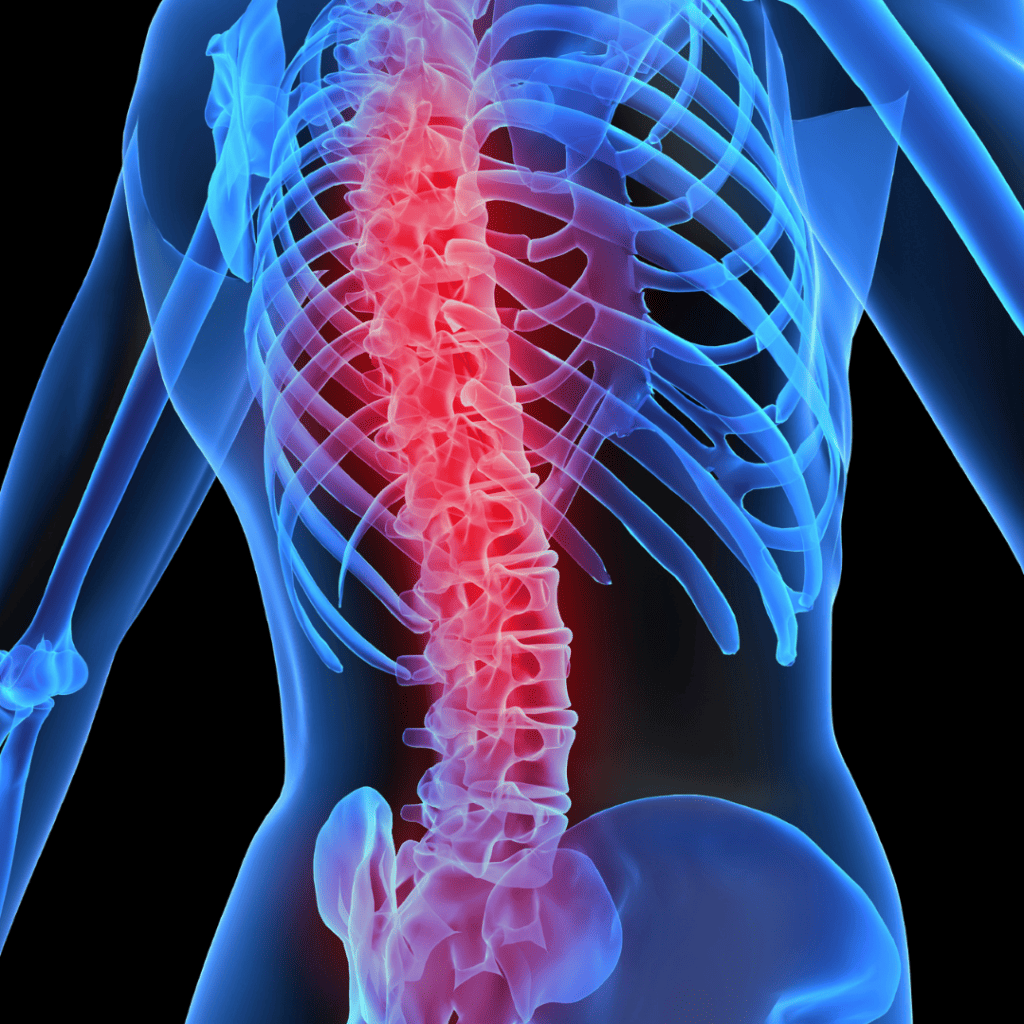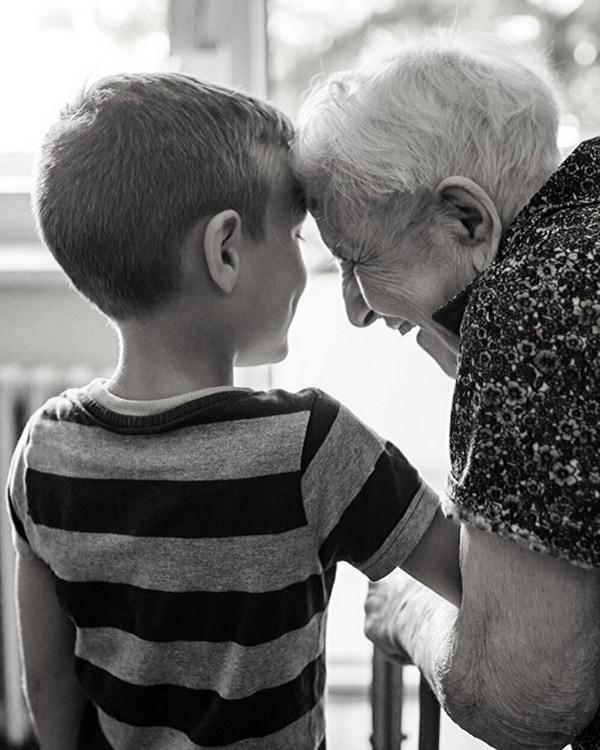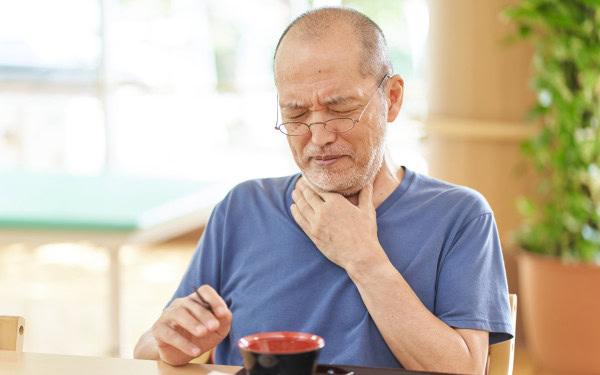
Living with Long-Term Pain is a Real Thing

Living with Long-Term Pain is a Real Thing
Everyone has at one time experienced acute pain. The recent article on “Osteoporosis and Pain-Helping Your Body Help Itself” explains acute pain as a pain that starts suddenly and has a purpose; it is a signal that makes us aware of an injury. But what if that signal doesn’t turn off; what if the alarms keep ringing? After a shoulder surgery in 2009, my body decided to keep this pain signal going; it didn’t turn off. I am now one of the one in five Canadians who live with ongoing pain. This is referred to as persistent or chronic pain.
In 2018, I wrote my first article about living with chronic pain and the challenges I faced navigating through a healthcare system inadequately equipped to identify and treat chronic pain. Since then, I have done many presentations and written articles on pain, with the goal of increasing awareness that chronic pain is real and that we can live well with pain.

Recently the World Health Organization recognized chronic pain as a disease in its own right. Chronic pain affects our daily lives in many ways: it disrupts our sleep; it results in anxiety and distress; it causes many to lose work; it can lead to substance use disorder and suicidal thoughts. This list barely touches on the impact this illness called chronic pain can have on an individual and their families.
I had to go through many doors and was left with excruciating pain for years before I finally met a pain physician who could help me. I was fortunate to receive effective pain care and to build a pain care team and a personal pain self-management tool kit that helps me live a rewarding life with pain. A pain team can consist of many different professionals: a pain specialist, a physiotherapist, a massage therapist and a nurse practitioner, with the patient at the centre. Remember you are the most important person of your team; you are the lead with the rest to support you. My pain self-management tools are specific to me and my needs, as my team is. I say specific to me because pain is complex and very individualized, so our self management needs to be the same.
Self management and a support team are important because medications and pain treatments do not necessarily take away all our pain. With a topical cream, medications and treatments, I do get some pain relief but I needed the assistance of my support team and much trial and error to find what self-management tools worked for me.
THE SELF-MANAGEMENT TOOLS THAT HAVE IMPROVED MY QUALITY OF LIFE AND ENABLED ME TO RETURN TO WORK ARE:

- Practising mindfulness, deep breathing and other relaxation techniques
- Regular exercise
- Eating a balanced diet
- Maintaining a positive attitude
- Pain peer support
- Developing a pain flare-up plan
- Practising good posture
- Developing good sleep habits
- I also had the privilege of receiving guidance from an occupational therapist on how to adjust my workstation and return to work without having pain flare-ups
Knowledge and acceptance were key for me. I learned about pain science by reading evidence-based articles and attending a pain self-management program. This may seem like a lot and at the beginning I did feel overwhelmed but these steps have changed my life. With knowledge, a personal pain tool kit, an amazing pain team and new daily habits, my pain is now just a buzz in the background, a dull roar.
I have not discussed medications, pain treatments and interventions because these are complex and are decisions to make with your physician. One thing to know about pain medications is they can play an important role and need to be taken as prescribed. To be effective, they need to be taken at a specific time. Discuss timing and possible side effects with your physician. Also ask your physician about the availability of professionally run pain self-management programs and any local pain peer support groups.
Fractures can lead to long-term pain. If you know someone living with pain, whether from an osteoporotic fracture or other reason, be kind; you do not know what kind of day they are having. Also do not let chronic pain steal your joy for life. Be patient and kind to yourself and, over time, with pain self-management supports, you too can live a joyful life.
WRITTEN BY

Virginia McIntyre
Chair, Canadian Osteoporosis Patient Network (COPN);
Board Member, People in Pain Network (PIPN); Director,
Maritimes People in Pain Network; Facilitator,
Annapolis Valley Pain Self-Management Education/Support Group





